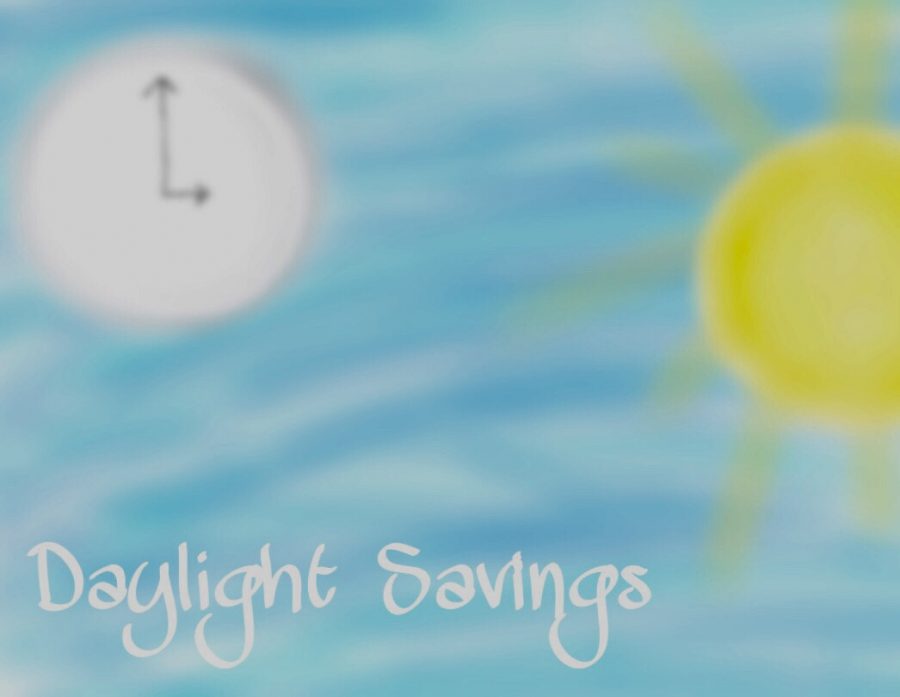Tinkering with Time: The Reasoning Behind Daylight Saving Time
December 22, 2017
Two times a year, we mess with our clocks by “springing forward” an hour in March and “falling back” an hour in November. While to sleep-deprived students this may be detrimental when we lose an hour to sleep or beneficial as we gain an hour to rest, what does Daylight Saving Time mean for the rest of the world?
Apparently, not much. Currently, the practice of Daylight Saving Time (DST) resides in less than 40% of the countries that make up our world today, despite the fact that the idea surfaced more than 100 years ago. Most of the countries in South America, Africa, Australia, and Asia have either never used it or have abolished it prior to 2017. So while DST is apart of our lifestyle in America (excluding Hawaii and Arizona), this practice has not even reached 108 of the world’s countries (“DST Statistics” 1-2).
The history of Daylight Saving Time is frequently recounted inaccurately. When inquired, most say: “Benjamin Franklin invented Daylight Saving Time”. In reality, although Franklin mentioned the idea of having people get up earlier in the summer to conserve candle usage, it was merely a joke to the editor of the Journal of Paris in 1784. Over a century later, New Zealander scientist George Hudson and British builder William Willett introduced the idea separately in their respective homelands. The Germans later spread it globally in 1916 during World War I as means of conserving fuel; the U.S., U.K., France, Austria soon adopted it. Although many returned back to standard time after the war, the advent of World War II marked the resurgence of DST, then referred to as “war time.” President Lyndon B. Johnson passed the Uniform Time Act of 1966 to establish an organized schedule for DST; the clocks are to be turned an hour forward on the second Sunday of March and turned an hour back on the first Sunday of November at 2:00 A.M. The Energy Policy Act of 2005 also gave states the right to abstain from Daylight Saving Time, which explains Arizona’s and Hawaii’s refusal to adopt DST (“DST in the USA”).
Originally, DST was specifically created to conserve energy since additional sunlight provided lighting. Today, this benefit is virtually nonexistent because of the amount of energy that the modern world uses through technology such as cell phones, computers, TVs, and heating units. However, DST creates longer evenings in the springtime and in the summer with the additional hour, providing additional chances to shop, eat outdoors, and participate in other recreational activities with friends. Taylor Ligozio ‘21 asserts that “Daylight Saving Time is absolutely of benefit! I hate doing homework when it’s dark out; it just makes me more tired.” Longer evenings also improve road and pedestrian safety, and has decreased robberies by 7% (“DST Statistics” 1). Nevertheless, although the time shift is only 1 hour, the disrupt in our body clocks results in tiredness that can cause sickness like the common cold or accidents on the road (“Pros and Cons of DST” 1). Liz Ingraham ‘20 reacts to these downsides, commenting that “When Daylight Saving ends, it gets so dark so early, so I’d rather we didn’t have it so it would stay light”.
All in all, is Daylight Saving Time worth it? Though a student may look forward to the extra hour of sleep in the fall, that extra hour disappears again in the spring. The world must collectively decide: should this DST be implemented universally or should it be cast away?

